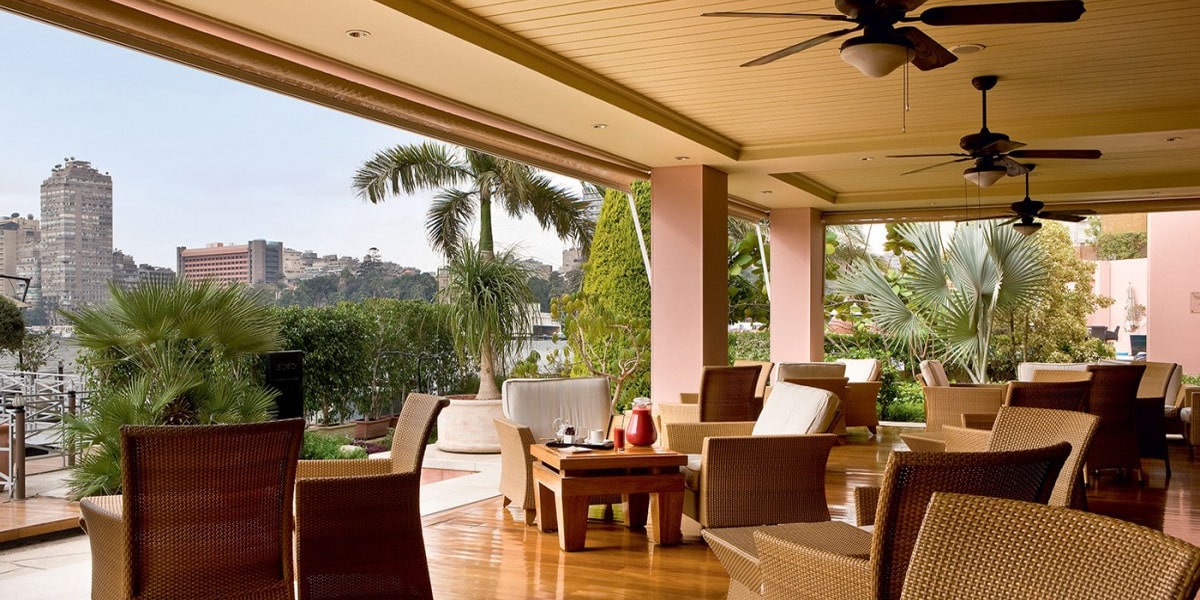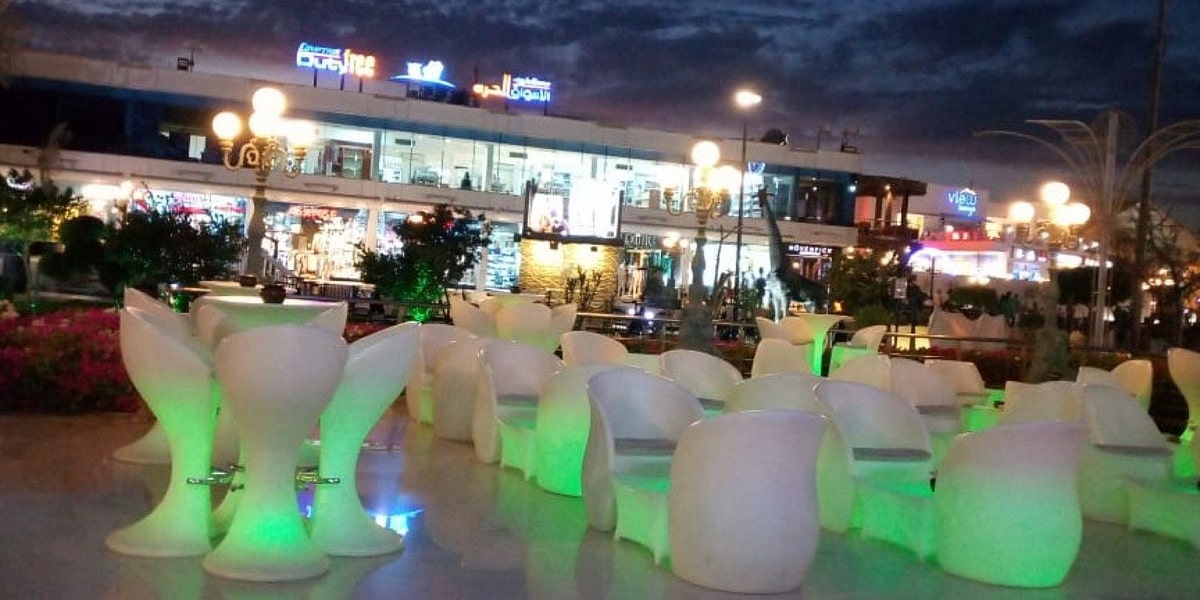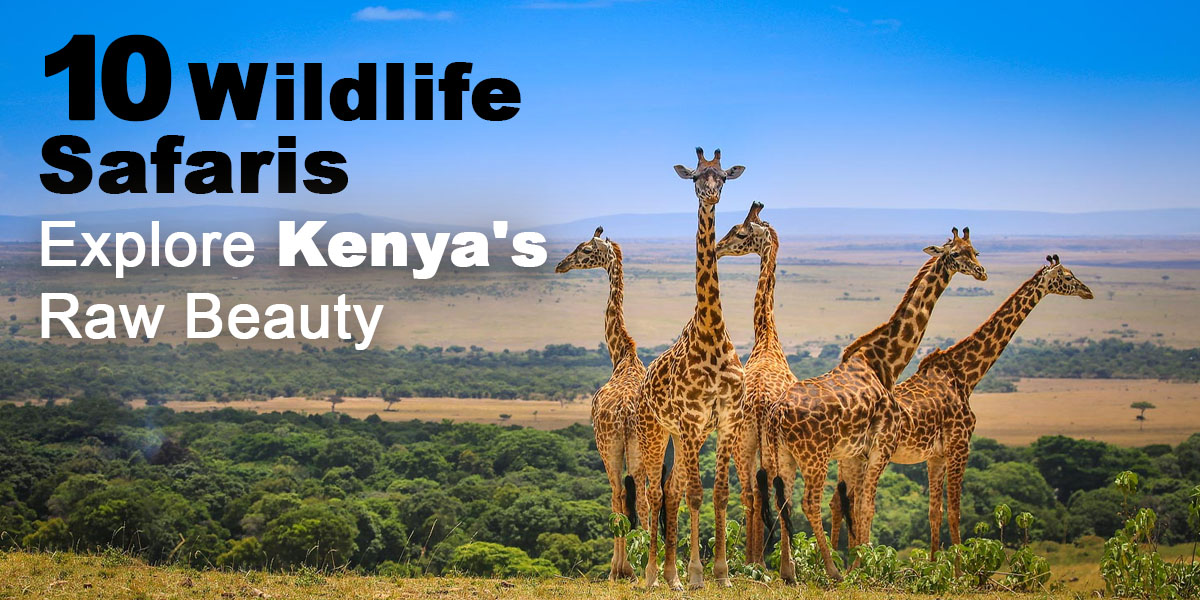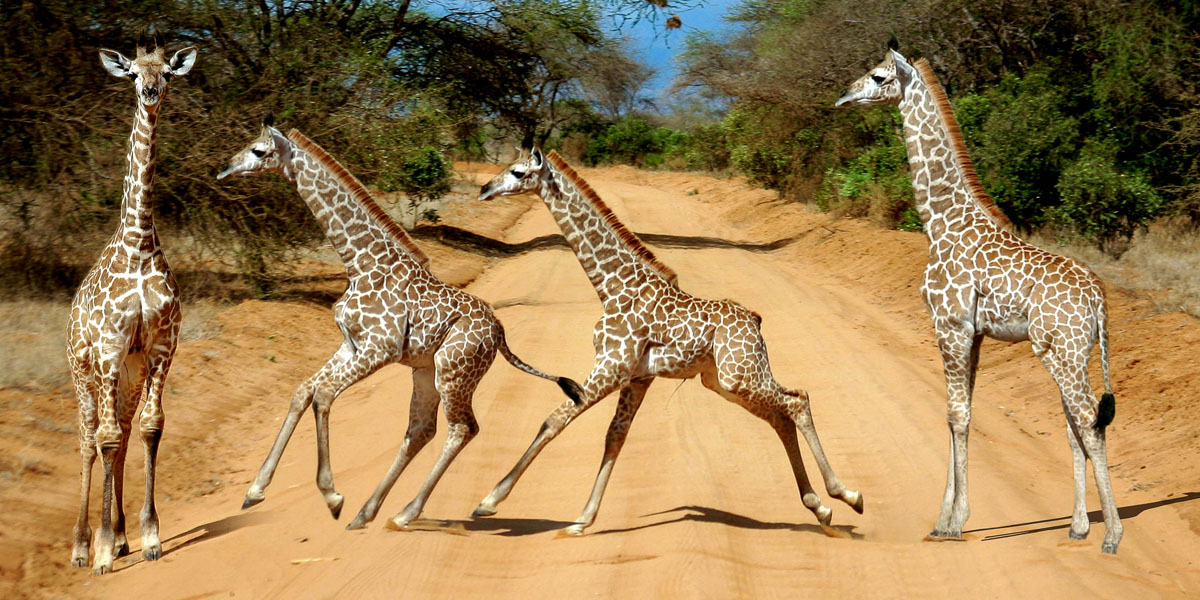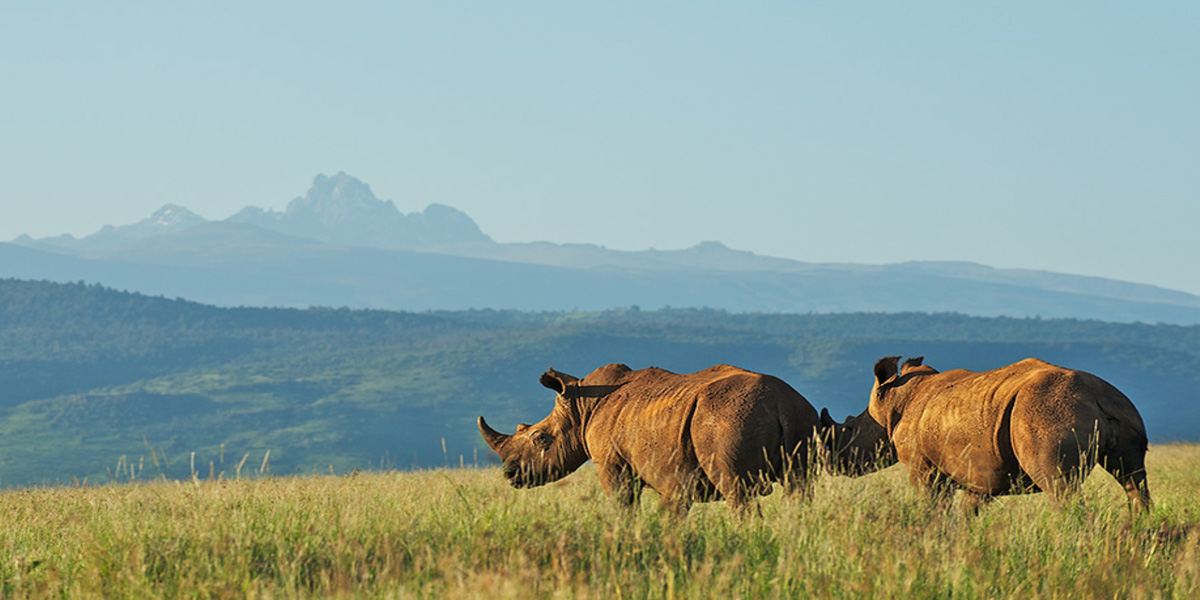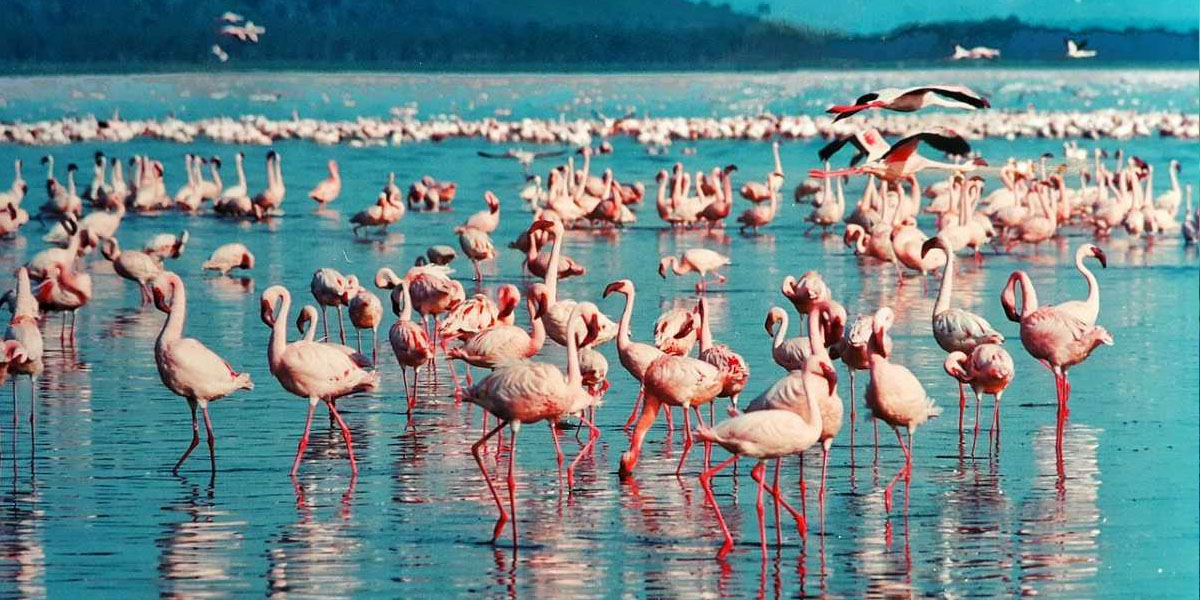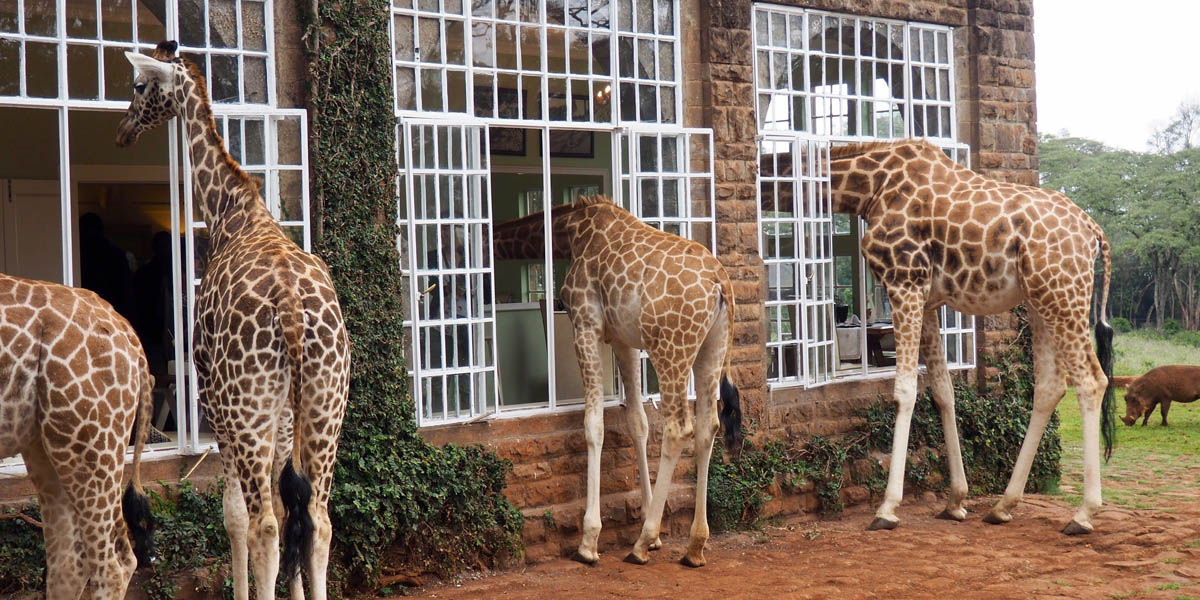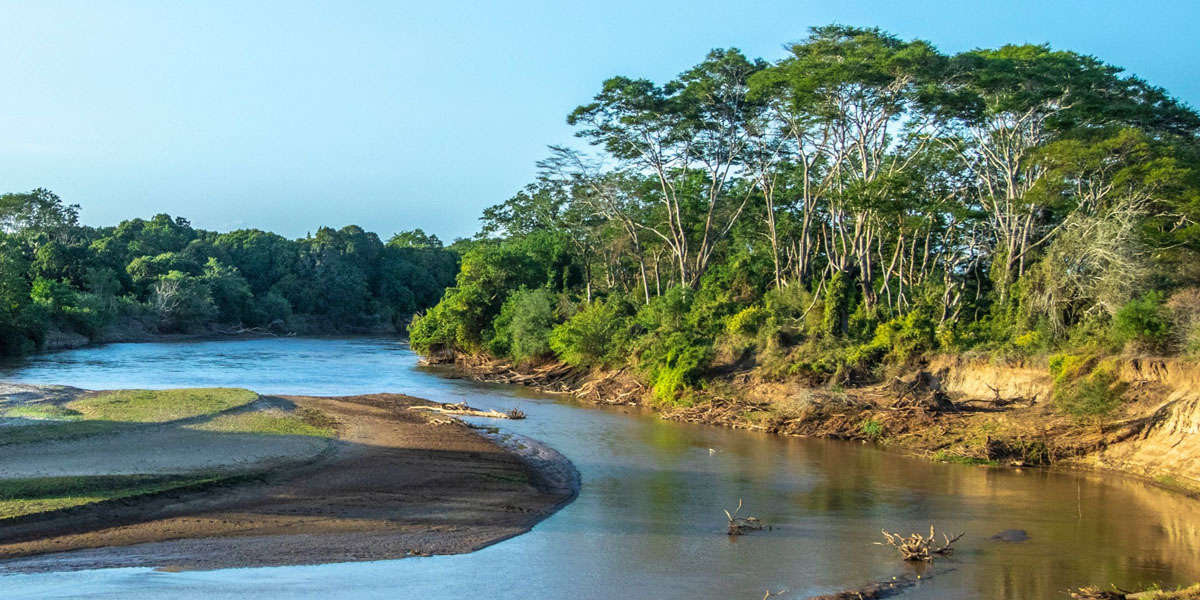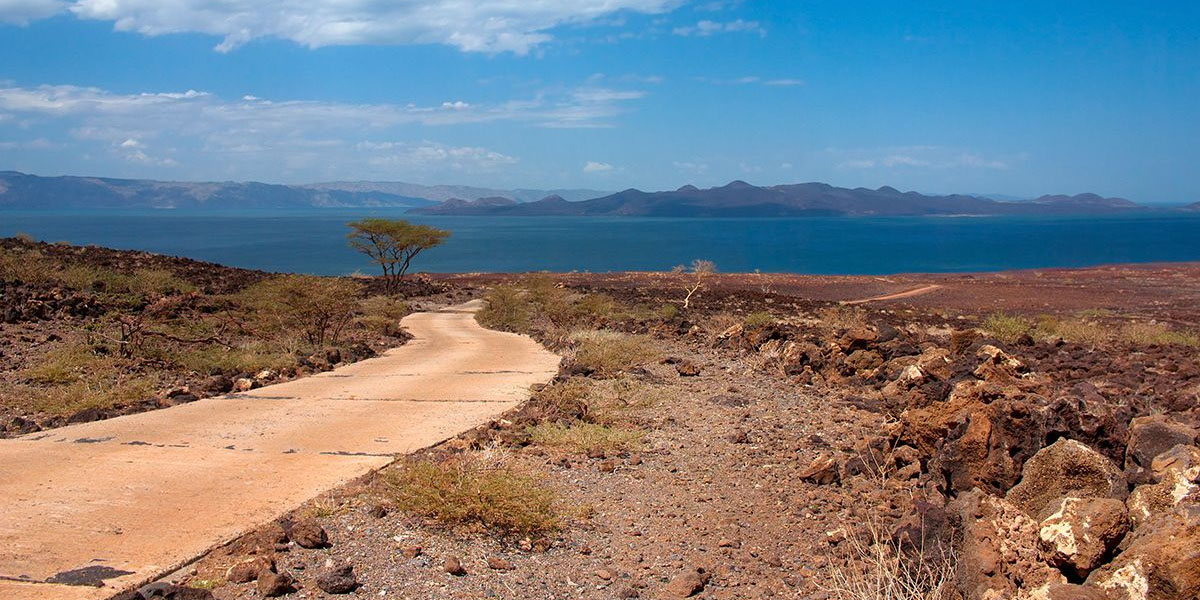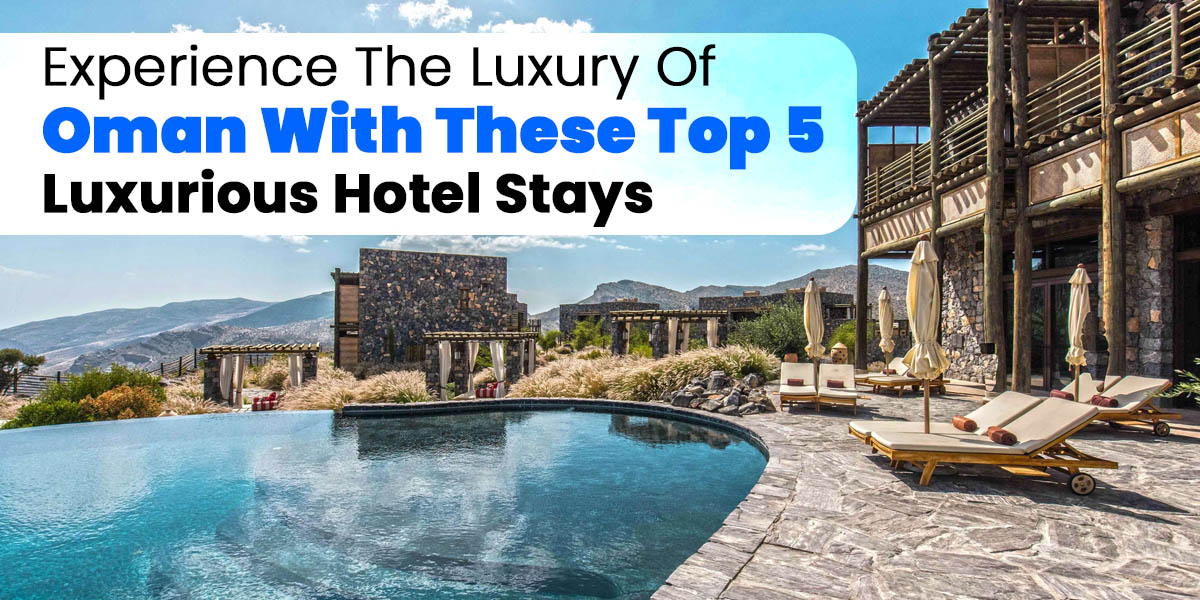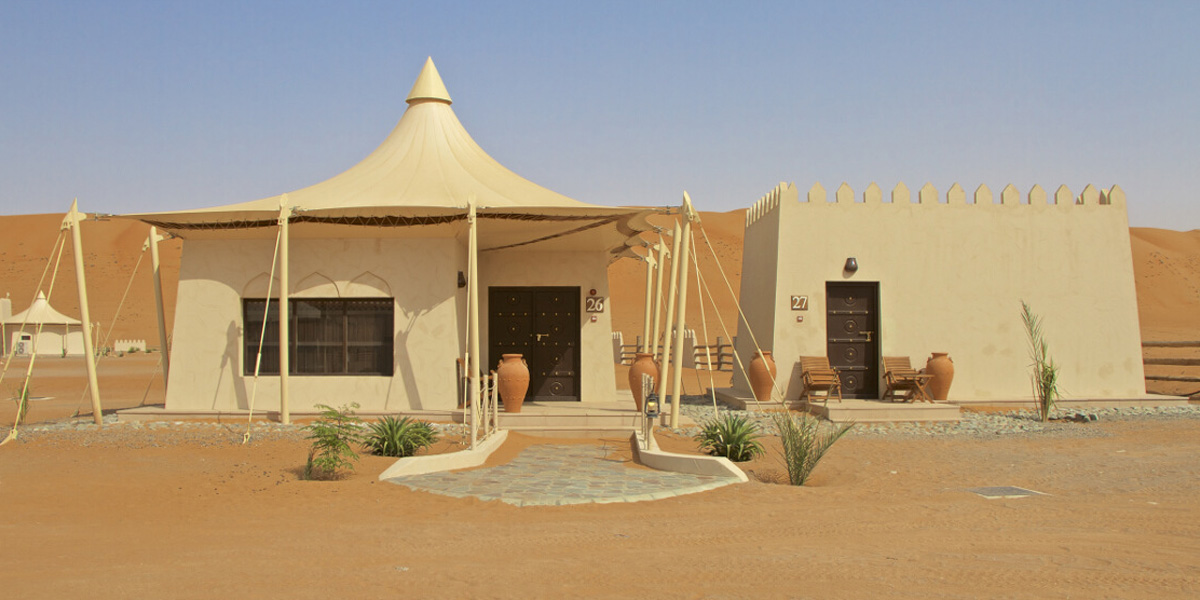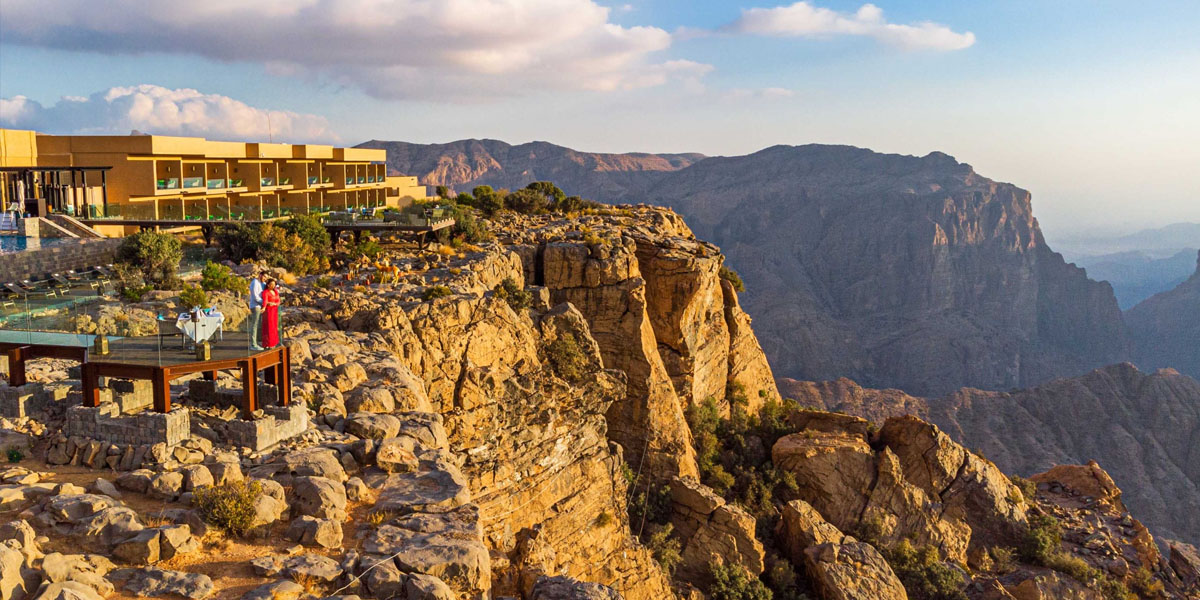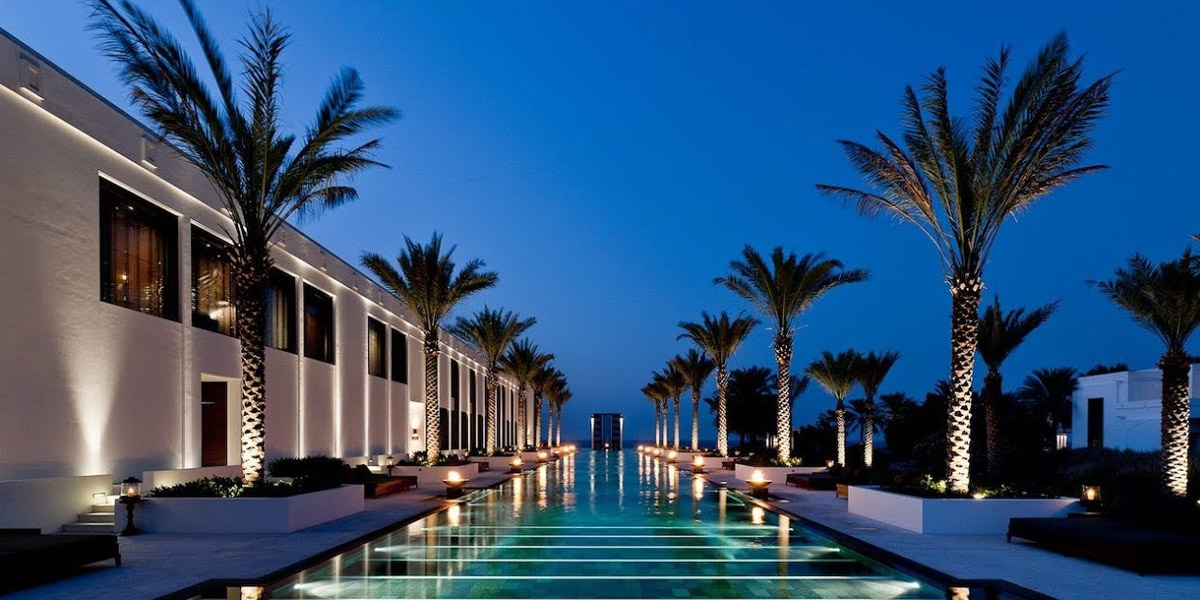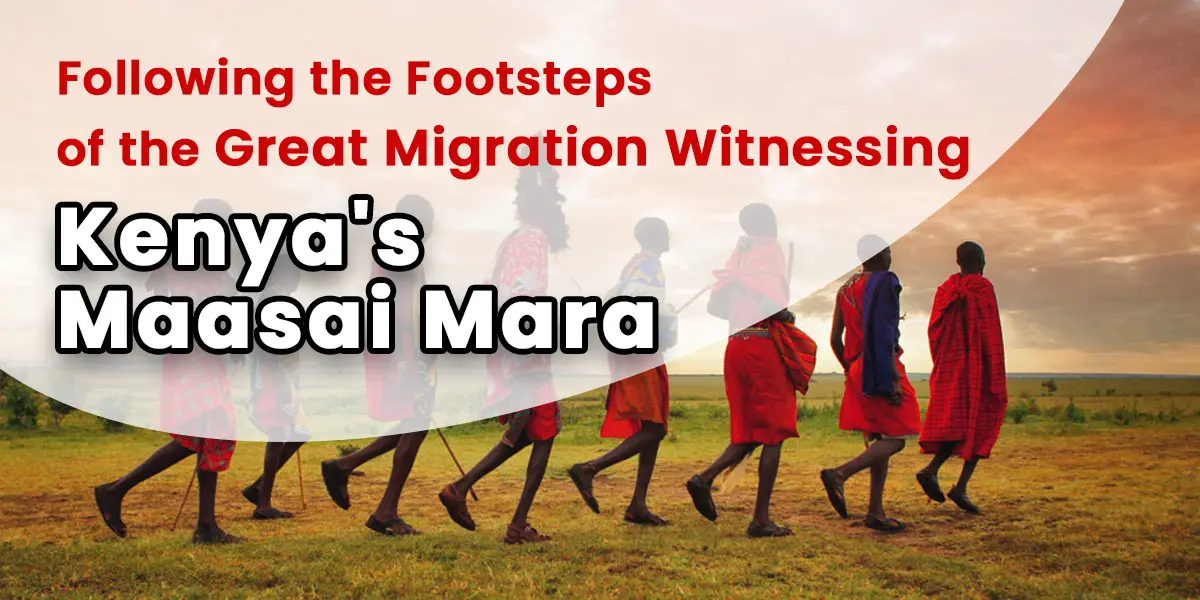
Kenya has diverse wildlife, landscapes, and a rich cultural heritage. Africa is full of ethnic groups with unique cultures and traditions. Through Kenya online visa, you can experience the amiable tribes with a history lasting from the 15th century. One such tribe is the Maasai tribe, which thrives in simplicity with their distinct customs, high-jumping dance, and way of life. You can find guided tours that give you a glimpse into the world of the Maasais.
The Maasai migration has attracted significant attention from tourists and wildlife enthusiasts who visit the Maasai Mara and Serengeti to witness the massive herds of wildebeest, zebras, and other wildlife that follow the same migratory routes. The Great Migration, which involves millions of animals, is one of Earth's most spectacular wildlife phenomena and has become a significant tourist attraction in Kenya.
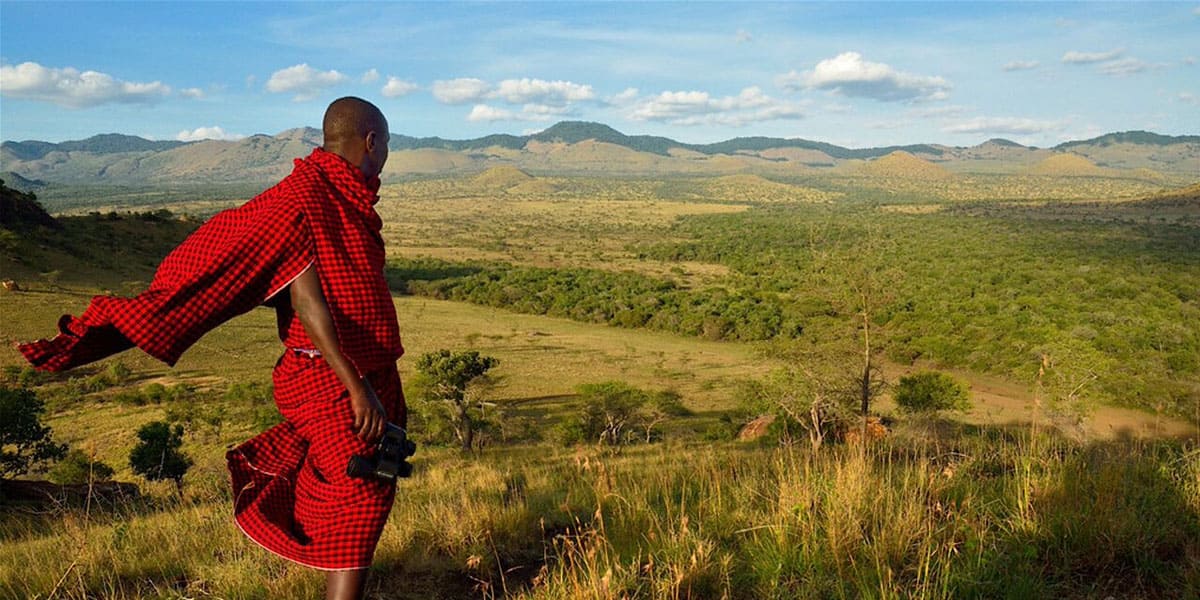
The Maasai migration, also known as the Great Maasai Migration, refers to the traditional movement of the Maasai people in East Africa. The Maasai are a Nilotic ethnic group primarily residing in Kenya and Tanzania, with smaller populations in neighboring countries. Their migration patterns have been practiced for centuries and are deeply rooted in their culture and way of life. Masai Mara Safari is a good way to explore their distinct culture and learn about their way of life.
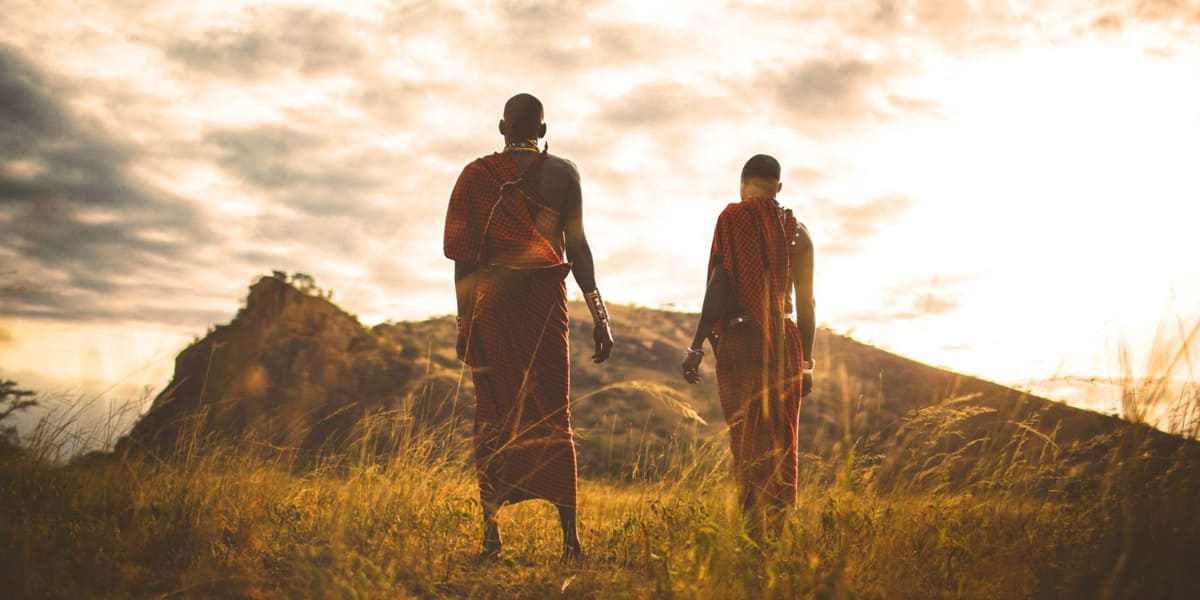
The Maasai people are semi-nomadic pastoralists, meaning they rely on livestock for their livelihood and regularly move in search of grazing lands and water sources for their herds. The migration is primarily driven by the need to ensure the survival of their livestock, mainly consisting of cattle, sheep, and goats, which are central to Maasai culture and economy. They speak the Maa language and the official languages of Kenya – Swahili and English.
Immerse yourself in their unique lifestyle and traditions. By applying for a Kenya e-visa, you can experience their wholesome hospitality and taste authentic cuisines.
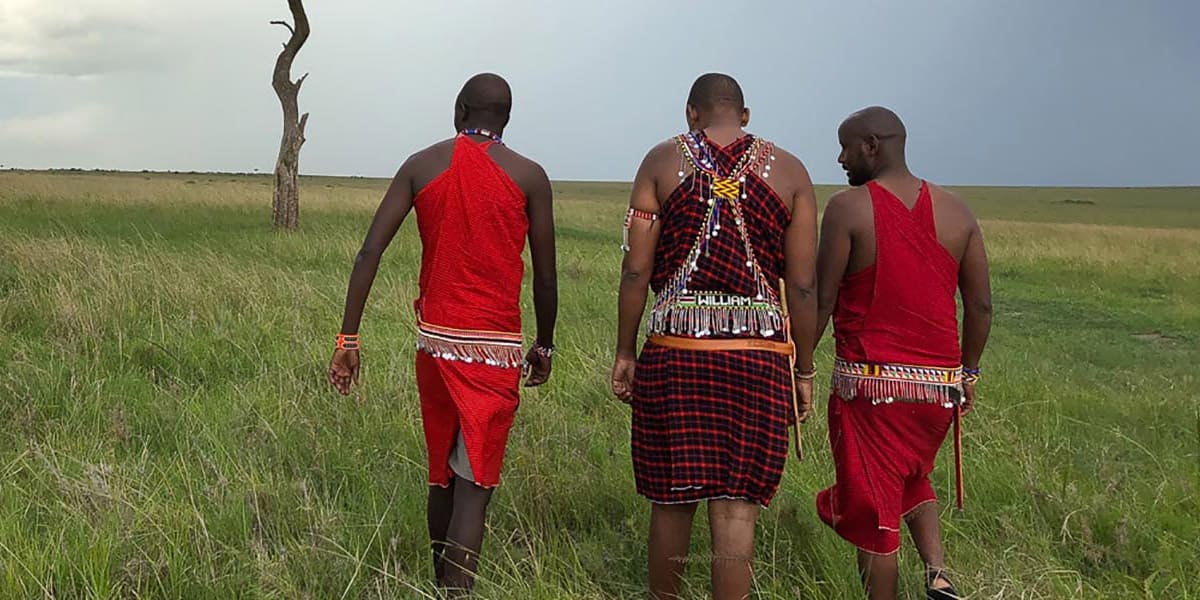
Both men and women wear bright-colored shuka (a large cloth) over their bodies. The Maasai are known for striking red garments, but other colors are also used. Adornments like beadwork, headdresses, and body painting are commonly worn during ceremonies and special occasions.
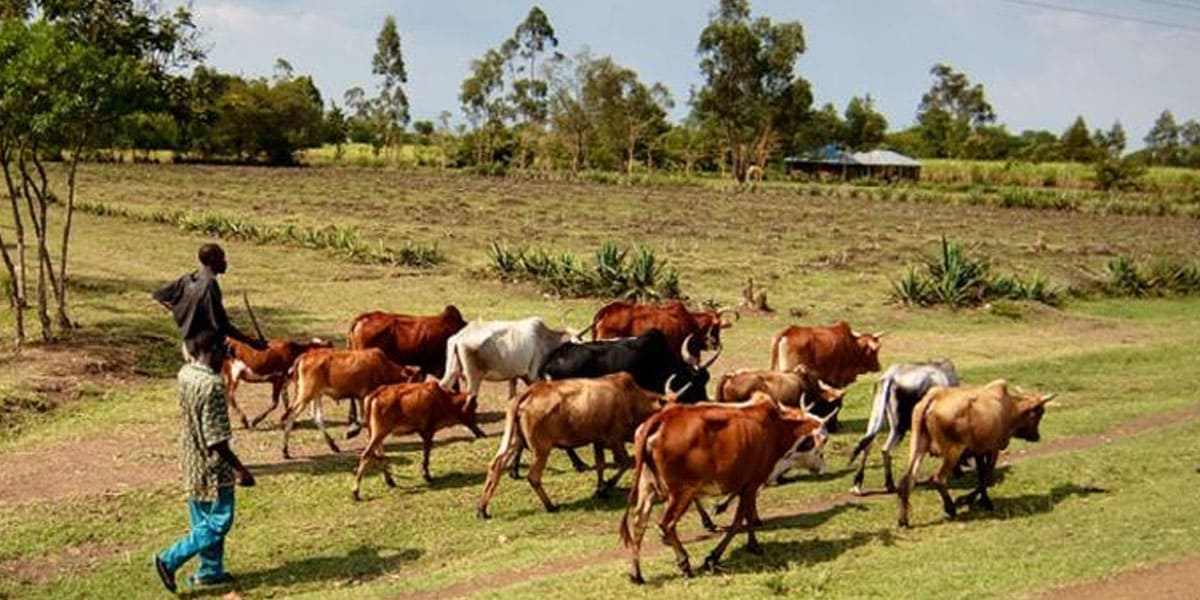
Livestock, especially cattle, hold immense cultural and economic significance for the Maasai. Cattle are a measure of wealth, and the Maasai people strongly bond with their herds. Livestock is used for milk, meat, blood consumption, and ceremonial purposes, such as dowry payments and sacrifices.
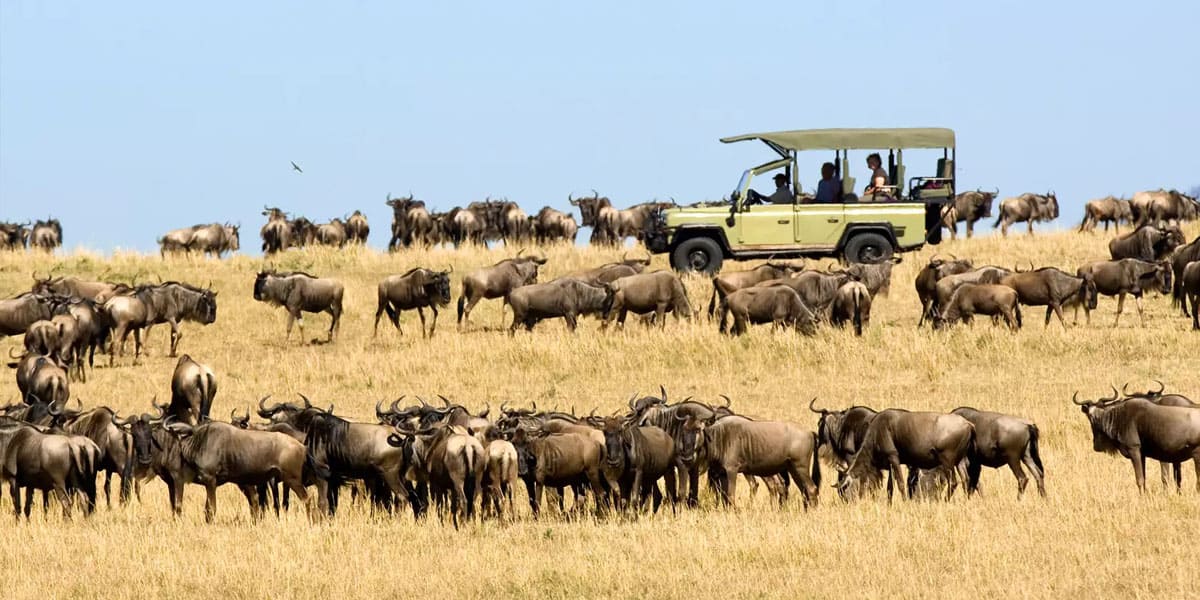
The migration is a cyclical pattern between the Maasai Mara in Kenya and the Serengeti Plains in Tanzania. It is influenced by seasonal changes in rainfall and vegetation and the availability of water and pasture for their animals. The Maasai have an intricate knowledge of the local ecosystem and use their understanding of the environment to guide their movements.
The best time to visit Kenya is from June to October when the Maasai migrate to the Maasai Mara, which offers lush grasslands and water sources for their livestock. As the dry season progresses and resources become scarce, they move south towards the Serengeti Plains in Tanzania, where the rainy season has replenished the pastures.
Migration is not only a practical necessity for the Maasai but also serves as a social and cultural event. It allows different Maasai communities to interact, trade, and exchange information. It is also an opportunity for young Maasai warriors to demonstrate their bravery and skills through rituals and ceremonies.

The Maasai perform rituals and ceremonies to mark important events and life transitions. These include birth rituals, warrior graduations, marriage ceremonies, and rites of passage. These rituals reinforce the cultural identity of the Maasai and provide a sense of unity within the community. Kenya visa is the way to engage yourself with their unique culture.

The Maasai Mara ecosystem is characterized by vast grasslands, open savannahs, and scattered acacia woodlands. During the Great Migration, the plains turn into a sea of green as fresh grasses emerge after the rains, making it a beautiful place to visit in Kenya. The landscape provides abundant grazing for the herbivores and forms a striking backdrop for their movements.
The Great Migration of the Maasai Mara is a massive wildlife spectacle that involves the movement of several species of animals, including 1.5 million wildebeest, 400,000 zebras, 12,000 elands, and 300,000 Grant's and Thomson's gazelles trekking from the southern Serengeti to the Masai Mara. These wildlife in Kenya migrate in search of fresh grazing lands and water sources.
The Maasai Mara is a haven for birdwatchers, and the migration period offers exceptional birding opportunities. Various bird species, both resident and migratory, can be observed. Some notable species include vultures, eagles, storks, ostriches, bustards, and many more. The wetlands and woodlands of the Maasai Mara support a diverse avian population. Many tourists go on wildlife safaris in Kenya to witness this remarkable migration.

If you're a wildlife enthusiast or adventurer seeking your next big escapade, the Masai Mara National Reserve should be on your bucket list. The reserve is a nature lover's paradise, with miles of unspoiled beauty and a wide range of flora and fauna that will leave you in awe.
Located in southwestern Kenya, the Masai Mara National Reserve is a vast expanse of grasslands dotted with acacia trees and crossed by various rivers. It's home to abundant wildlife, including the famous Big Five—lions, elephants, leopards, buffaloes, and rhinos—and hundreds of other mammals, birds, and reptiles.
There are many things to do in Kenya, including game drives, hot air balloon rides, nature walks, and cultural visits. The reserve has various accommodation options, from luxury lodges to tented camps, and caters to different budgets and preferences.
With many adventurous things to do in Kenya, you will have many memories at your trip's end. If you are planning your Kenya travel itinerary, read our other blogs to know what specialty to taste and from where, what to get for souvenirs, and more details.
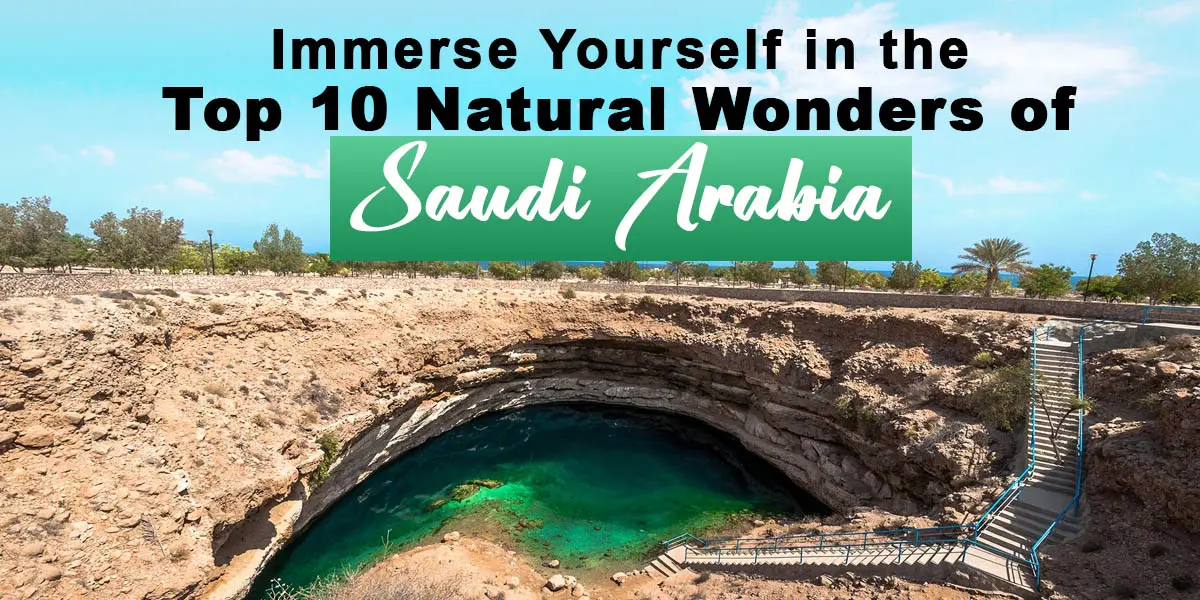
Saudi Arabia is associated with its rich cultural heritage and bustling cities; this fascinating country is also home to a plethora of breathtaking natural landscapes that will leave you in awe. From vast deserts that stretch as far as the eye can see to lush oasis, pristine beaches, and majestic mountains, Saudi Arabia offers a diverse range of natural wonders. In many beautiful places in Saudi, nature showcases its captivating power.
"Explore the untouched beauty of Saudi Arabia's landscapes, and let nature's wonders ignite your soul."
Let's explore a few natural wonders of Saudi Arabia.
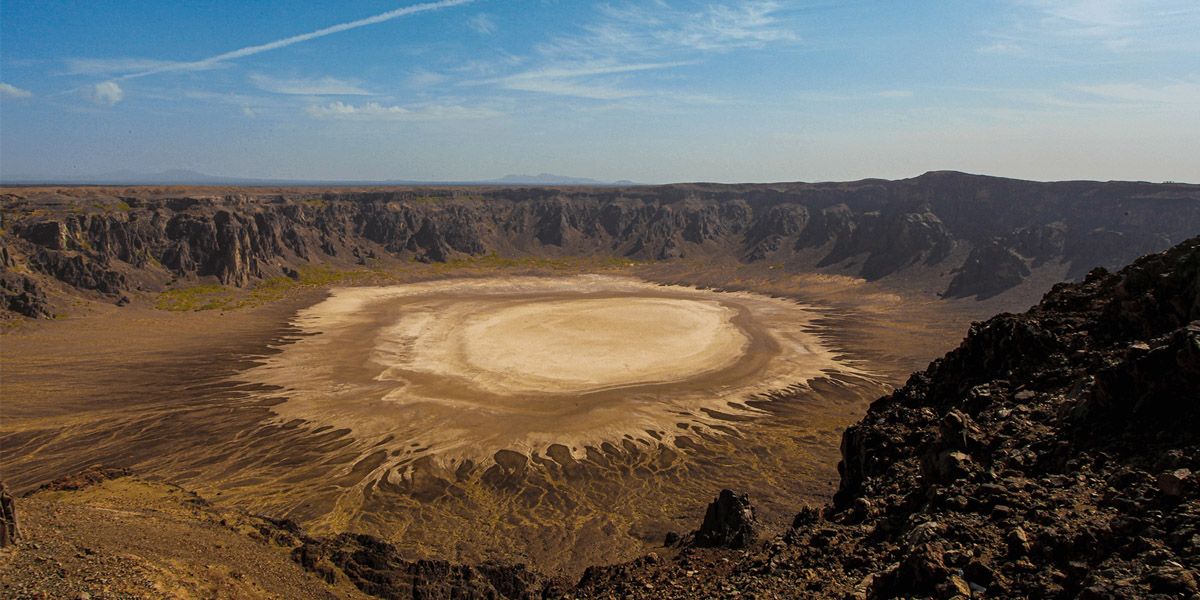
Situated about 320 kilometres (200 miles) northwest of Riyadh, Al Wahbah Crater is a stunning volcanic crater that beckons adventures and nature enthusiasts to explore its magnificent depths. The crater spans nearly two kilometres in diameter and offers spectacular panoramic views. It's Saudi Arabia's famous place for hiking and camping.
Al Wahbah Crater boasts a unique flat salt pan at its centre, creating a striking contrast against the surrounding rugged landscape. Navigate the crater's edges and marvel at its grandeur; immerse yourself in a world where ancient geological forces have sculpted a mesmerizing spectacle.
Read More: Best 7 Activities And Tours To Do
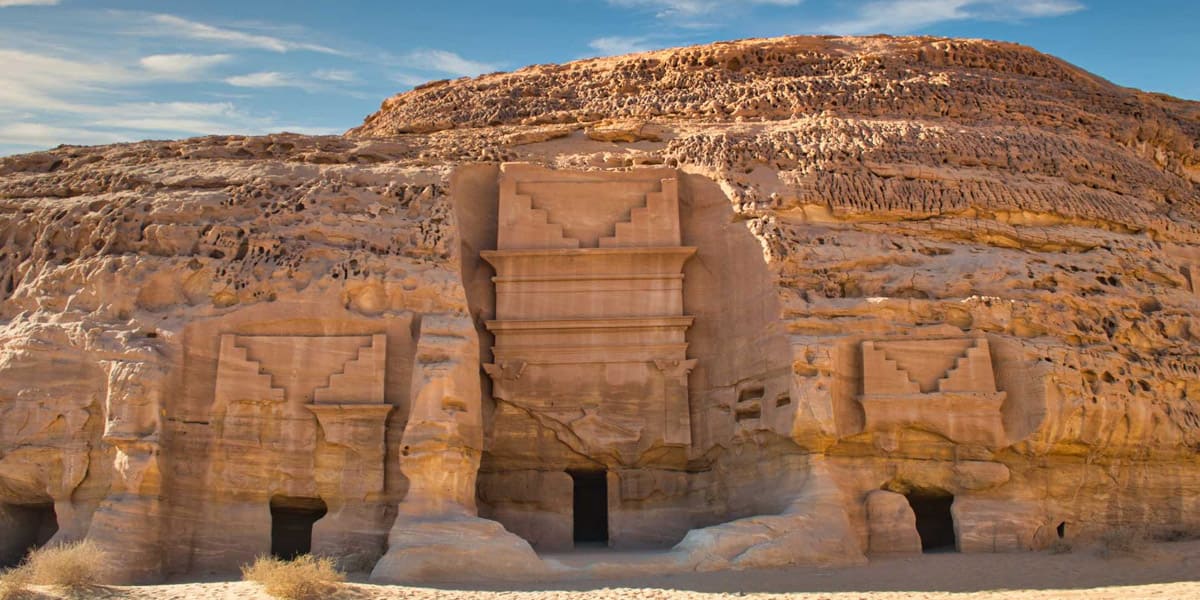
Madain Saleh is an archaeological and historical site located in the area of Al Ula. The famous rock formations of Madain Saleh (also known as Al-Hijr) are a UNESCO World Heritage site. Madain Saleh is a famous tourist attraction in Saudi. It showcases the remarkable rock-cut tombs and ancient structures carved into the sandstone cliffs. Stroll through the ancient corridors and marvel at the intricate details of the tombs. Witness the rich cultural heritage and architectural brilliance of the Nabateans.
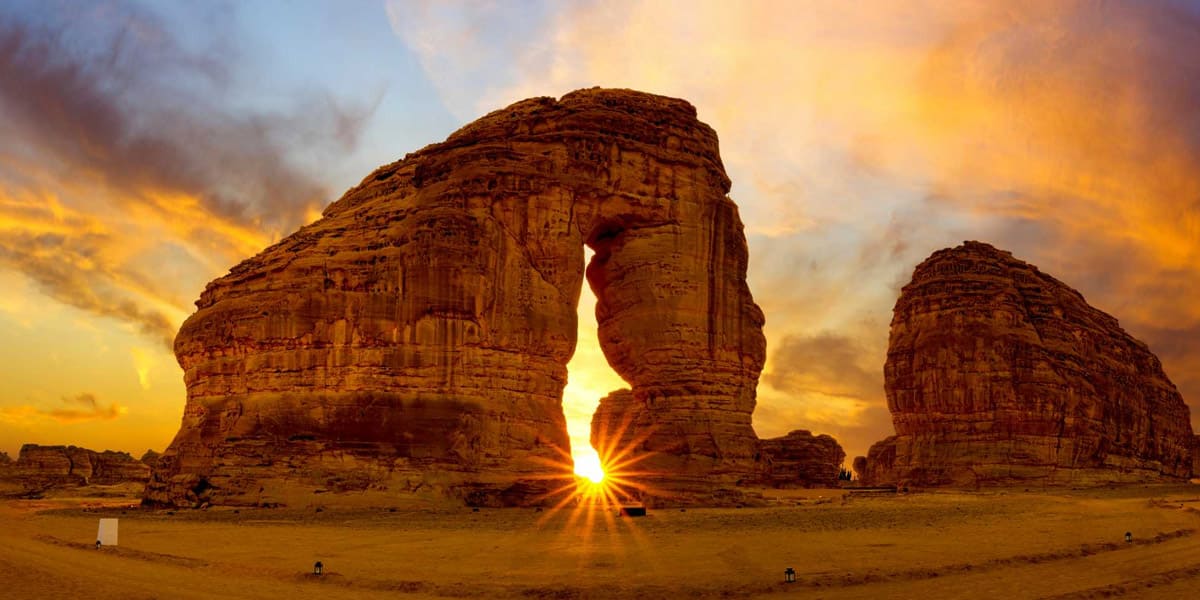
The Elephant Rock in Saudi Arabia, also known as Jabal Al Fil, is located in the beautiful country of Saudi Arabia. The rock formation gets its name due to its resemblance to an elephant, with a distinct trunk, body, and head shape. This stunning rock formation resembles the shape of a majestic elephant standing tall amid the desert landscape. The unique shape of the rock has been beautifully sculpted over the years by the forces of nature, making it a true marvel to behold. Explore the area, take in the breathtaking views of the surrounding desert, and marvel at the wonder of Elephant Rock. Whether you're a nature enthusiast or simply looking for a unique experience, visiting Elephant Rock will surely leave you amazed. Elephant Rock is an amazing place to visit in Saudi Arabia.
Read More: Exploring Majestic Palaces and Forts in India

The Al-Ahsa Oasis is a vast palm oasis in eastern Saudi Arabia. It is one of the most extensive oases in the world and has been a UNESCO World Heritage Site. The oasis is renowned for its natural beauty, cultural significance, and historical importance. Al-Ahsa Oasis has over 2.5 million date palms and numerous farms and orchards. The oasis is fed by natural springs and an extensive underground irrigation system called "qanats" that bring water from nearby mountains. Apply for a Saudi visa online via Insta Global Visa to explore the beautiful palm groves, traditional mud-brick villages, and historical sites.

The Taif Mountains, also known as the Sarawat Mountains or the Al-Sarawat Range, are a mountain range in Saudi Arabia. This popular tourist attraction in Saudi is known for its mild climate and beautiful landscapes. The Taif Mountains span approximately 800 kilometres (500 miles) and are part of the more extensive Arabian Peninsula mountain system. The mountains offer breathtaking scenery and are known for their natural beauty. Hiking and trekking are popular pursuits, with several trails and paths available for exploration.
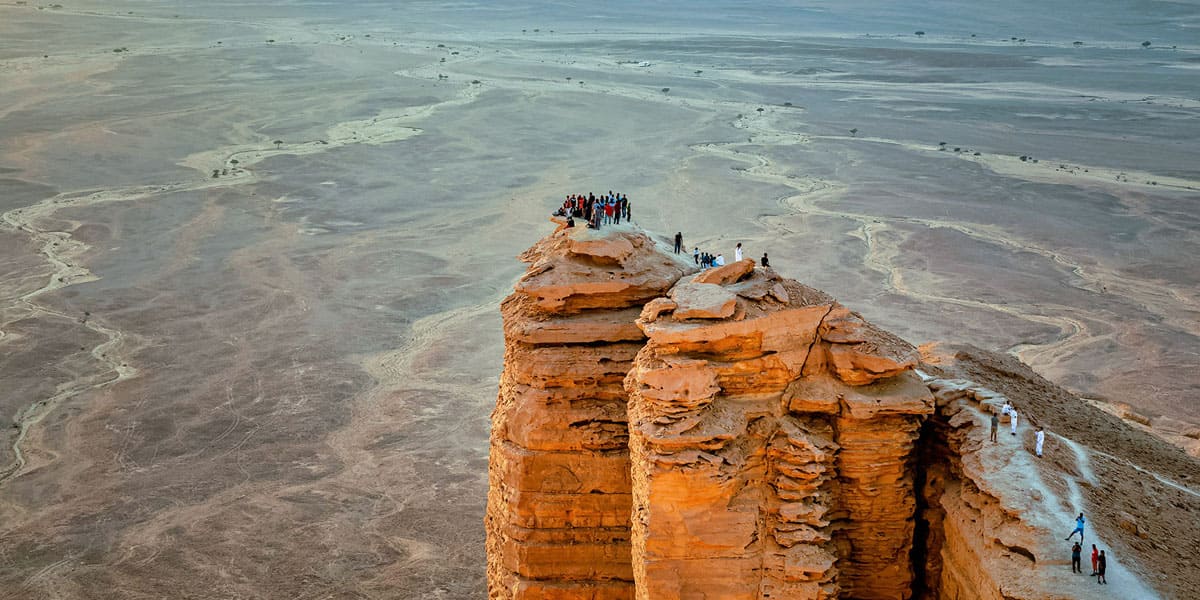
Jebel Fihrayn, also known as the "Lonely Rock" or "The Rock of the Endurance," is a notable rock formation located about 90 kilometres northwest of Riyadh, the Edge of the World is a stunning geological formation resembling a flat earth's edge, providing a dramatic view of the surrounding desert plains. This majestic cliff offers visitors an awe-inspiring panorama and is a popular spot for photography and outdoor activities. Jebel Fihrayn has become a popular tourist attraction, drawing visitors towards a beautiful place in Saudi.
Read More: Must Add to Your Bucket List When in Kenya
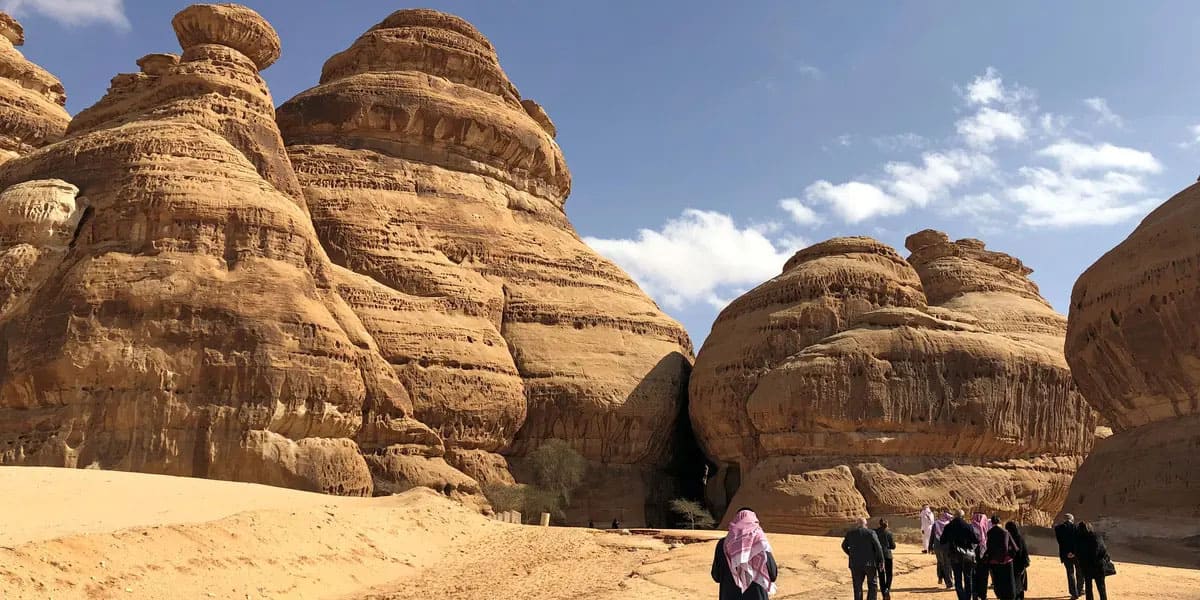
Harrat Uwayrid is a volcanic field located in western Saudi Arabia. It is part of the larger volcanic region, the Arabian Peninsula Volcanic Belt. Harrat Uwayrid covers an area of approximately 900 square kilometres (350 square miles) and is characterized by its volcanic cones, lava flows, and volcanic features. The volcanic field is the result of volcanic activity that occurred in the past, with eruptions dating back several thousand years. The volcanic landscapes of Harrat Uwayrid present excellent photography opportunities. Capture the lava fields and volcanic cones' rugged beauty, contrasting colours, and textures. Engage with local Bedouin communities living in the area and enjoy the traditional lifestyle, customs, and hospitality while visiting this beautiful place in Saudi.
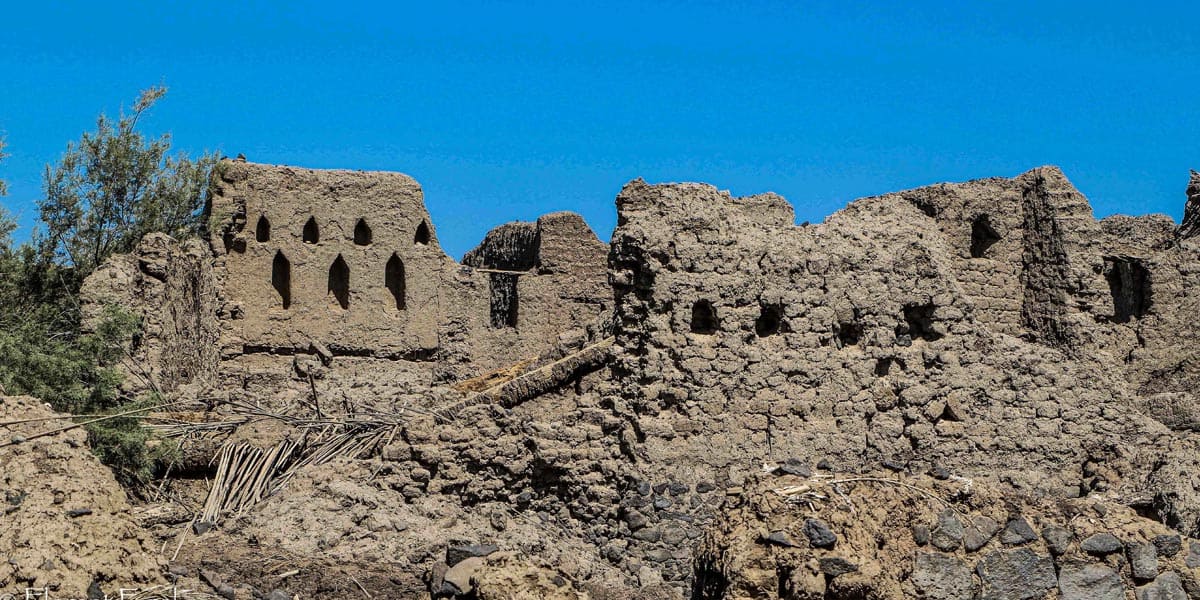
Khaybar is an ancient oasis located in the Al-Madinah region of Saudi Arabia. It carries historical significance as the site of an important event in Islamic history. In the 7th century, the Prophet Muhammad and his followers fought with the Jewish tribes residing in Khaybar. The oasis of Khaybar was known for its fertile lands and abundant water supply, making it a prosperous agricultural centre in ancient times. It consisted of several villages and date palm groves, surrounded by rocky hills and valleys. Khaybar is the best place to visit in Saudi for historical and archaeological interest.
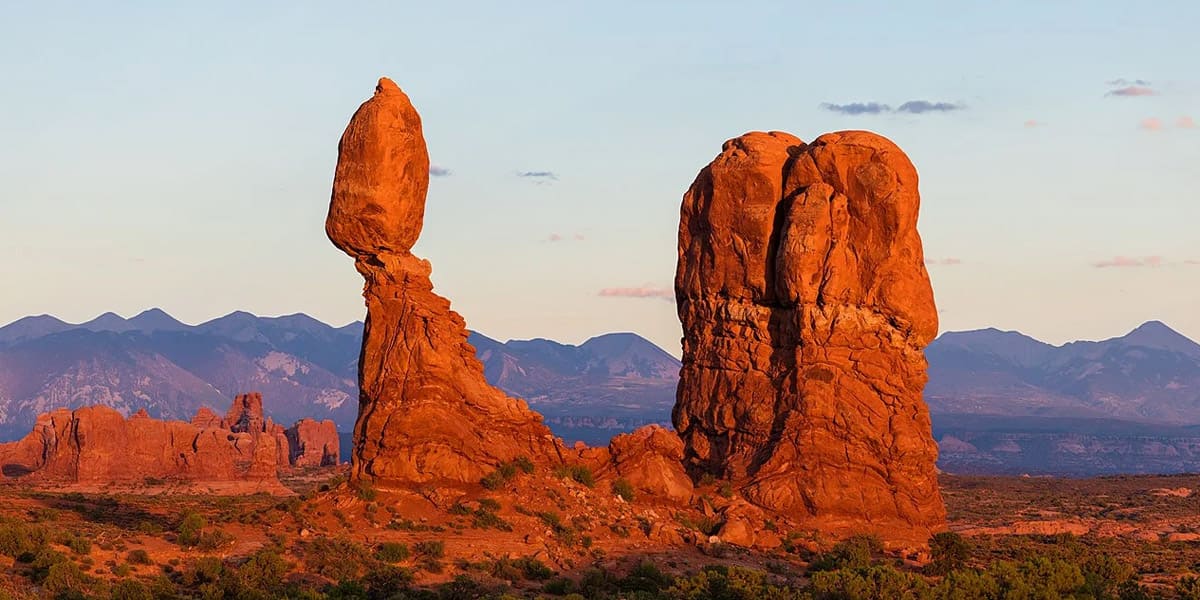
The Dancing Rocks, also known as the "Mystery of Al Naslaa," is a fascinating natural phenomenon; it refers to a unique rock formation that appears as if two massive rocks are standing upright and perfectly split in the middle, with their halves seemingly defying gravity and appearing to dance or float above the ground. The rocks are formed of sandstone and have a distinct rectangular shape. The intriguing aspect of the Dancing Rocks is the precise cut between the two halves, giving the illusion that they are suspended in mid-air. This natural phenomenon has attracted the attention of scientists, geologists, and tourists worldwide, as the method and force behind the split remains a mystery. Get your Saudi visa via Insta Global Visa to experience this marvel.

Al-Ahsa, located east of Saudi Arabia, is renowned for its abundant water springs and underground water systems. The region is blessed with natural springs that provide a vital water source and contribute to the lush green landscapes and agricultural productivity. Al-Ahsa has almost sixty to seventy springs, flowing individually and in groups. This is one of the most exciting places to visit in Saudi Arabia for tourists.
The water springs are famous and a natural oasis where visitors can enjoy the tranquillity and natural beauty of the surroundings. Some of the notable water springs in Al-Ahsa are:
Ain Najim Park (Al-Qara Spring)
Ain Heet Cave
Ain Ghala
Ain Al-Hasa
Ain Othman
"Nature is the canvas, and Saudi Arabia is the masterpiece."
Saudi Arabia is filled with remarkable natural wonders that captivate the imagination and leave visitors in awe. Whether you're seeking adventure, tranquillity, or an opportunity to connect with nature, Saudi Arabia has something to offer. The rich natural heritage of this magnificent country beckons travellers to discover its hidden treasures and experience the raw beauty that can be found within its borders.

